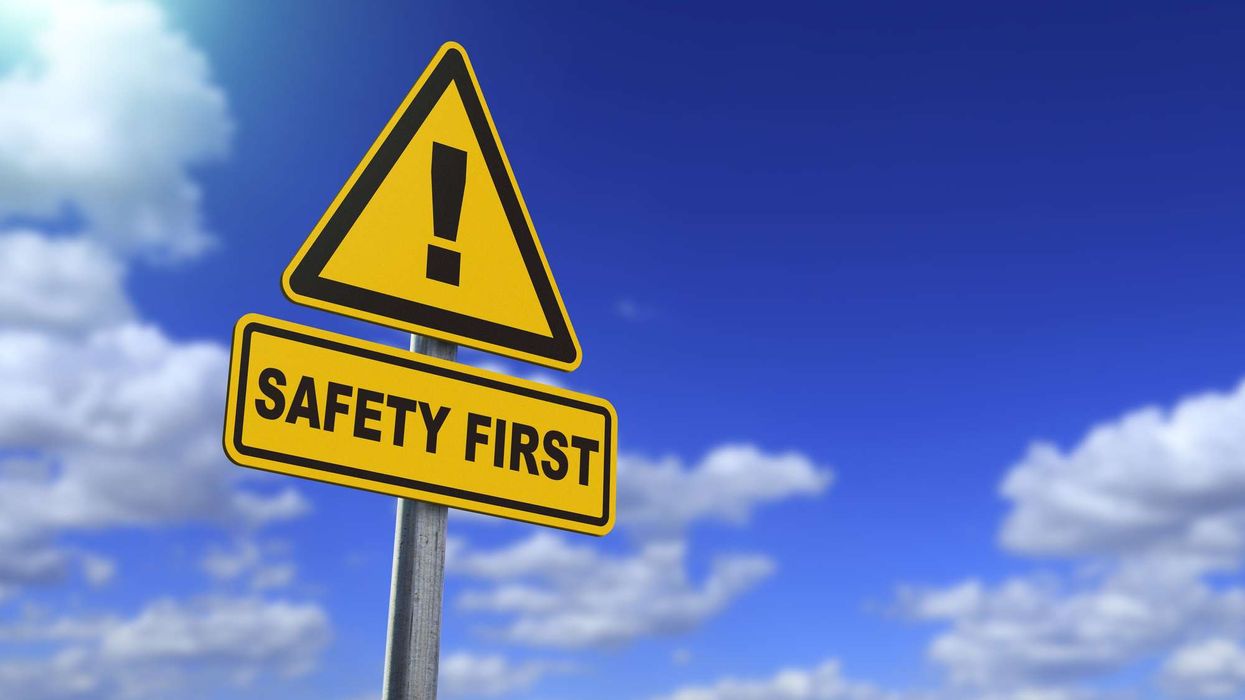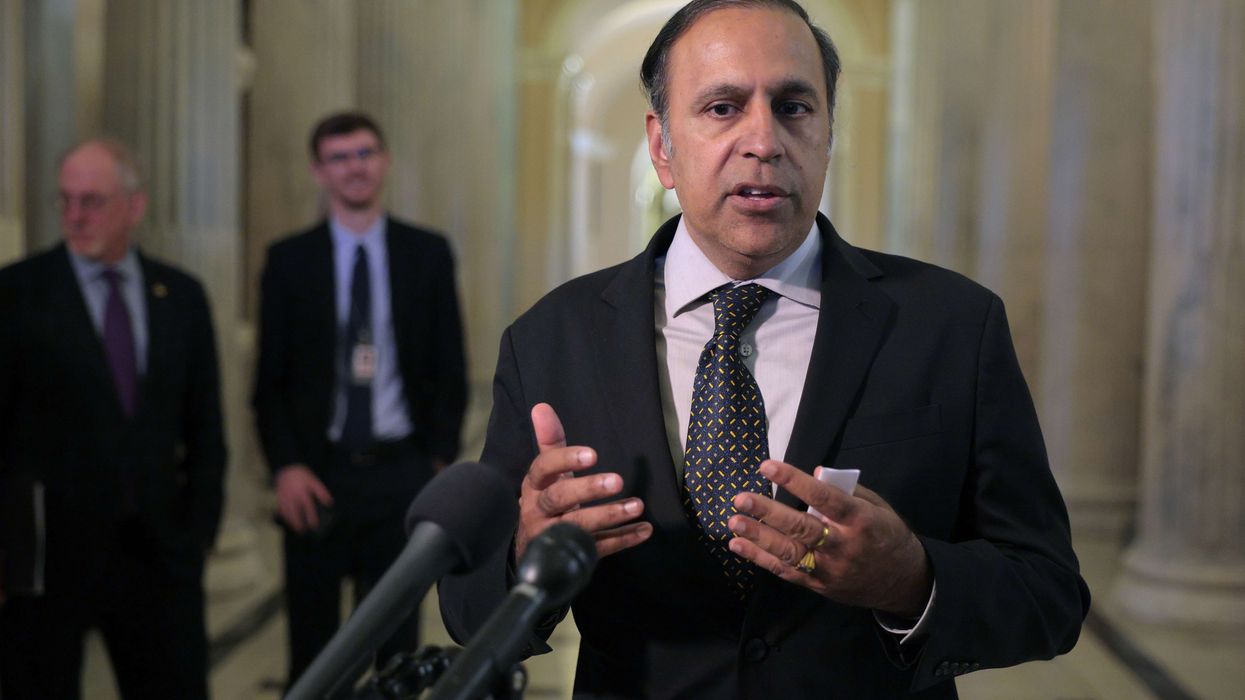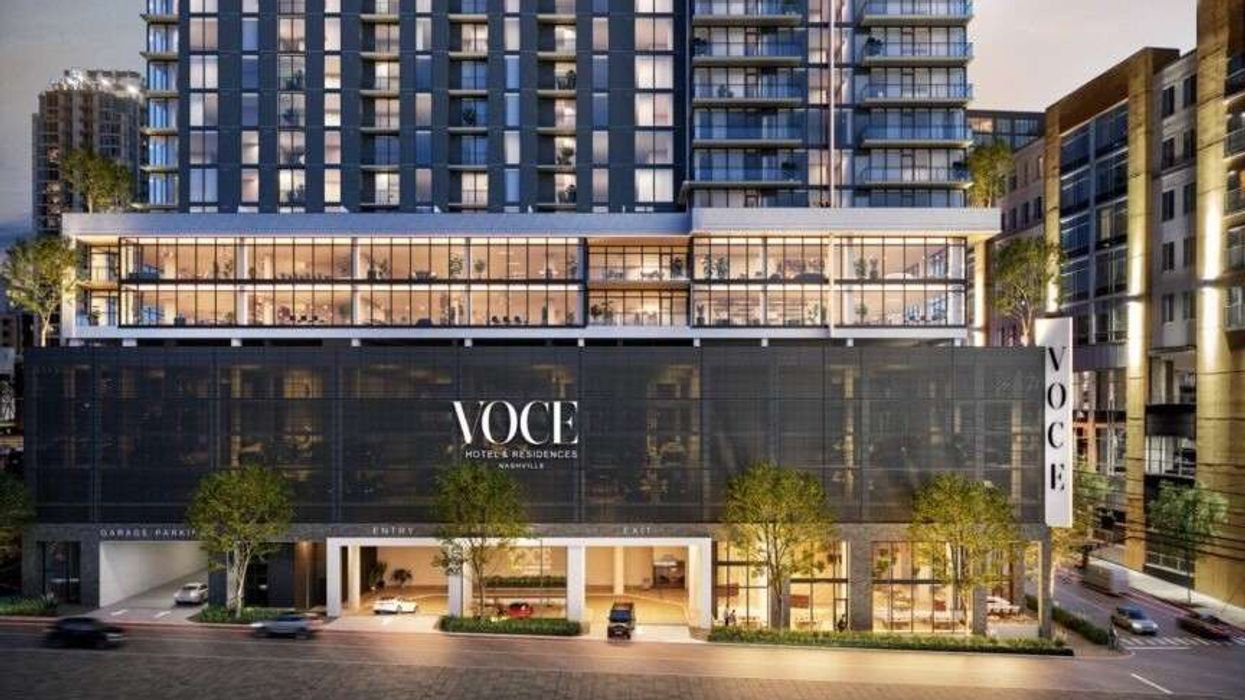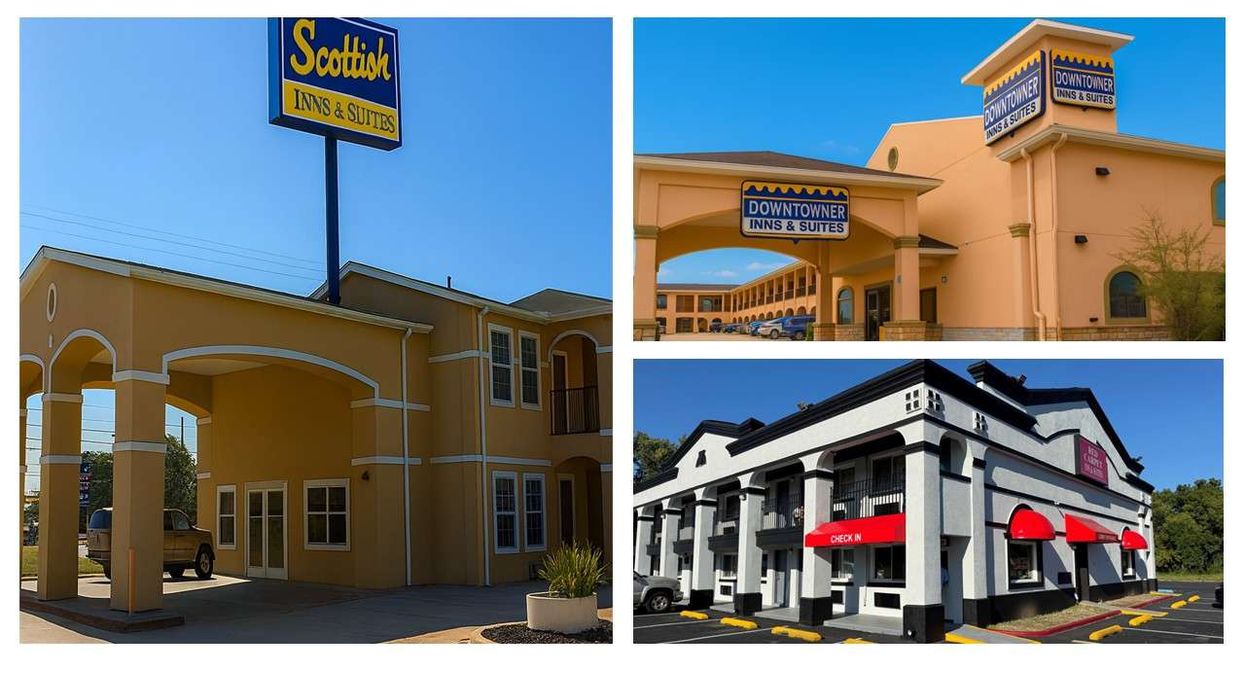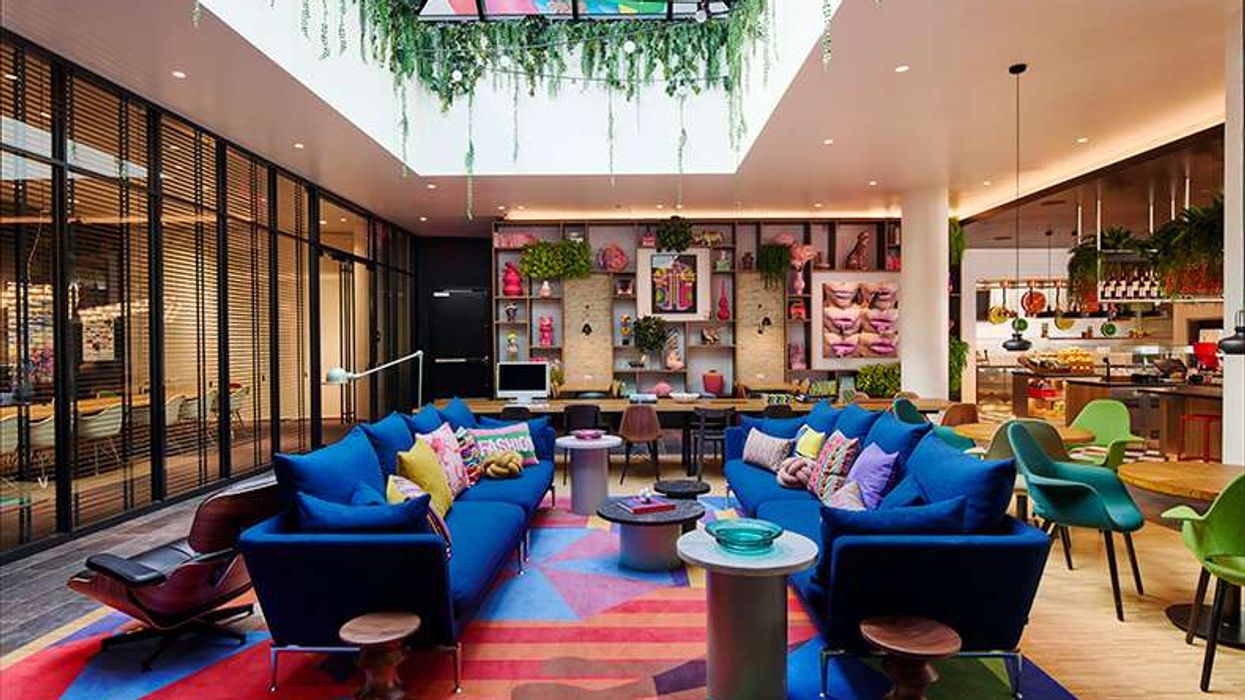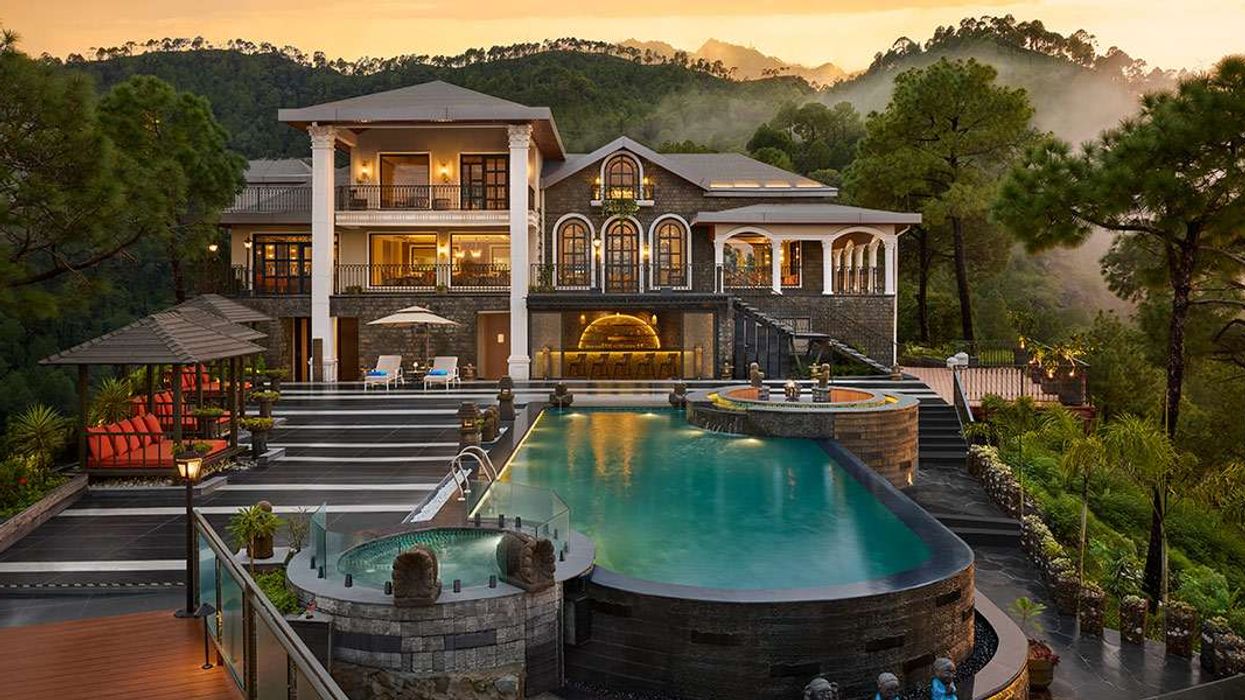U.S. HOTELS’ PERFORMANCE in the first full week of May moved up a bit from the previous week but remained down from the same time last year, according to STR. The return of occupancy driven by some leisure travel continues in states where COVID-19 pandemic related restrictions are being eased, leading to an uneven recovery.
Occupancy for the week of May 3 to 9 declined 55.9 percent from the same time last year to 30.1 percent. The occupancy percentage was up from 28.6 percent the week before, 26 percent the week of April 19 to 25 and 21 percent April 5 to 11.
“The industry reported its fourth consecutive week-to-week increase in demand as the slow and steady ascent in national occupancy continued,” said Jan Freitag, STR’s senior vice president of lodging insights. “More people are flying, as shown in daily checkpoint counts from the TSA, and more people are staying in hotels for a variety of purposes—the weekly number of rooms sold topped 10 million for the first time since the end of March. The markets benefiting more from leisure sources in areas with more relaxed distancing measures will see a sharper recovery line than others. Overall, the recovery will be uneven across the country.”
ADR dropped 42.1 percent to $76.35 during the week ending May 9, and RevPAR fell 74.4 percent to $22.95. The aggregate data from STR’s top markets showed steeper declines, with occupancy dipping 63.2 percent to 27.9 percent ADR going down 49.5 percent to $82.68 and RevPAR declining 81.4 percent to $23.07.
Oahu Island, Hawaii, again experienced the largest drop in occupancy for the top markets, falling 87.1 percent to 10.3 percent, which resulted in the steepest decrease in RevPAR, down 91.2 percent to $15.22.
Boston posted the largest decline in ADR, dropping 59.8 percent to $88.45, while occupancy in New York stood at 43.7 percent, down slightly from 44.9 percent the previous week. Seattle saw a rise in occupancy, up 24.8 percent from 23.8 percent the week prior.

